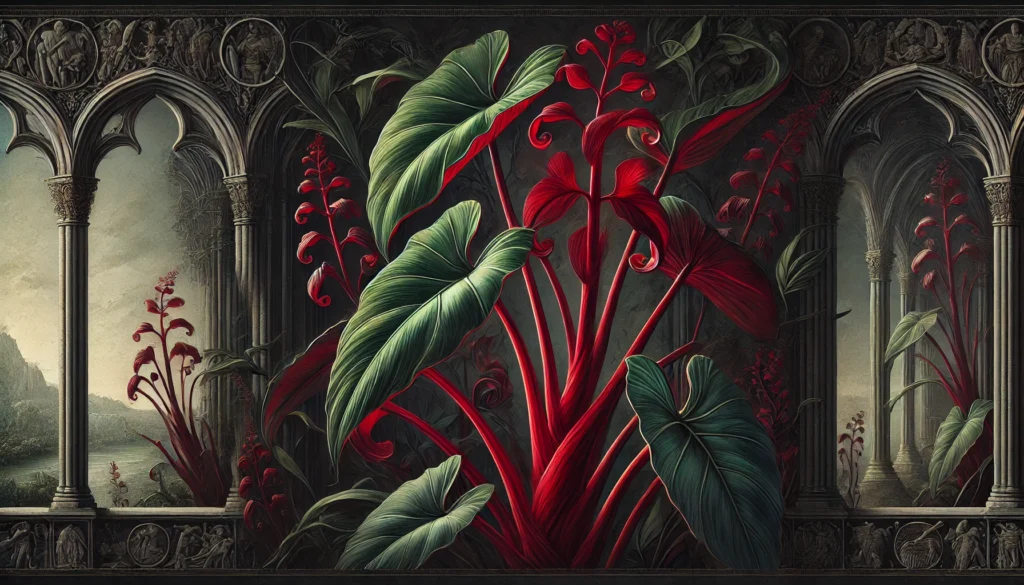

Home » Cat Plants » Is the Red Princess Plant Harmful to Cats?

Red Princess philodendrons are popular houseplants known for their striking red and green foliage. However, cat owners should be aware that this plant can be toxic to cats if ingested.
Red Princess plants contain insoluble calcium oxalates, which are poisonous compounds that can cause severe irritation and inflammation in a cat’s mouth, throat, and digestive tract. These plants are commonly found as indoor ornamental plants in homes and offices.
Ingestion may cause mild gastrointestinal upset, but is generally not life-threatening.
Ingestion can result in mild symptoms like vomiting, diarrhea, or drooling. Rarely fatal but may require veterinary care.
Eating these plants can lead to more pronounced symptoms like abdominal pain, lethargy, or difficulty breathing. Veterinary intervention may be necessary.
Ingesting even small amounts can cause severe symptoms like organ damage, seizures, or cardiac failure without rapid treatment.
All parts of these plants are extremely poisonous to cats and can quickly lead to death, even with immediate veterinary care.
** Please note: Please note that toxicity level can vary based on the amount ingested and the specific cat. It's always best to keep these plants completely inaccessible to cats and seek immediate veterinary care or call the poison hotline if you suspect your cat has ingested any part of a toxic plant.
If a cat chews on or ingests any part of a Red Princess plant, it may experience uncomfortable and potentially dangerous symptoms. Common signs that a cat has been exposed to this toxic plant include:
If you suspect your cat has ingested a Red Princess philodendron, it’s important to contact your veterinarian immediately. Your vet will likely follow these steps to diagnose and treat plant toxicity:

A: Yes, Red Princess is toxic to cats. It contains insoluble calcium oxalates, which can cause severe symptoms like oral irritation, drooling, and vomiting when ingested.
A: If a cat eats Red Princess, it may experience symptoms such as vomiting, drooling, and pawing at the mouth. Immediate veterinary care is essential to prevent more severe complications.
A: Yes, all parts of the Red Princess plant are toxic to cats. The plant’s leaves, stems, and roots contain harmful compounds that can cause poisoning.
A: Even small amounts of Red Princess can be harmful to cats. Ingesting any part of the plant can result in toxic reactions, so it’s important to keep it out of reach of pets.
A: While Red Princess poisoning is rarely fatal, it can cause significant health issues in cats. Quick treatment is essential to alleviate symptoms and ensure a full recovery.
A: If your cat ingests Red Princess, contact your veterinarian immediately. Early intervention can reduce the toxic effects and improve your cat’s chances of recovery.
Red Princess philodendrons are a hybrid cultivar of the Philodendron erubescens species. This tropical plant is native to rainforests in Central and South America. It was first developed and cultivated for the ornamental plant trade in the 1950s, valued for its colorful foliage.
Since then, it has become a common fixture in homes and offices around the world. However, its toxic properties make it potentially dangerous for cats and other pets that may be tempted to chew on the leaves.
Please note: The information shared in this post is for informational purposes only and should not be considered as veterinary medical advice.
🐾 A hilarious or heart-melting cat video
🐾 Our latest paws-on review of a cool cat toy